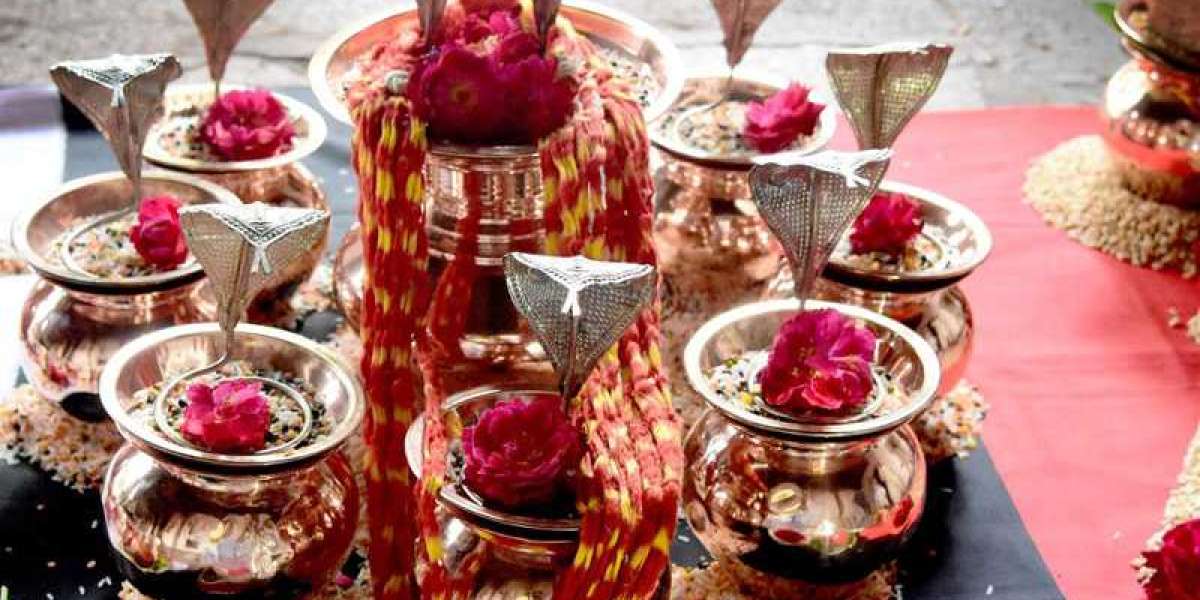Want to start with your first colorwork project? It is as simple as knitting. You will need yarns of different colors and just your regular knitting needles. Changing colors in knitting is basically changing the yarn you are using in the project. You will be working with one or two yarn shades or even more. If you want to go straight ahead in making designs, so start with a beginner-friendly colorwork pattern. You can start with simple stripes or Fair Isle, Intarsia, or Entrelac knitting patterns. Most patterns will tell you where to change colors and how to do that. In this blog, we’ll take you through all the easy ways how to change colors in knitting. Even if you are an experienced knitter, these methods will show to how to avoid holes when switching colors.
So, let’s get started.
As a yarn craft, knitting any project requires carefully considering the yarn. For color work too, you need to carefully select the yarn colors you’ll be knitting. Knit as the pattern instructs or as you have planned for the project. You can knit at the beginning of the row or round or at the end or even in the middle of the row or round. You can use these methods when knitting with double-pointed needles. This also works if you are knitting back and forth or in the round with circular needles. When it’s time to start with a new color or yarn, here are a few ways that you can make the switch to a new yarn color.
Weave in Ends as You Go
A common knitting technique to change colors is weaving in yarn ends as you go. Just make sure you have a darning needle in the right size. It must be the same or a size smaller than the knitting needle. This method works anywhere in your project and is also perfect for knitting in the round. This is recommended when you are working with fuzzy and feltable fibers. So, you knit with color A, and then when the pattern is mentioned bring color B. Now if you have to work with B for a few rows or rounds, simply weave in the yarn ends. This method will ensure that the problem of weaving in yarn ends later is solved.
Twist and Weave
The twist-and-weave method is an excellent way to change colors at the beginning or in the middle of a row. This method of changing yarns will leave yarn ends to weave in later on. It's versatile and neat. This ensures a seamless transition without holes. It works reasonably well for Intarsia knitting, where you work with colors to make some shapes and designs.
Weave in and Twist
This color-changing technique works with any kind of yarn. Create an anchor for both tails – the new and the old color. Many knitters believe this to be the best method for Intarsia colorwork knitting patterns but will work well for projects knit in the round.
The Back Join
This method is not just a good way to change color but also a new ball in the same color. The Russian join or the spit splice or the back join is a technique where you don't have to weave in any tails. It also creates almost no waste. The only thing to keep in mind is that you have to switch colors in a precise spot. The back join fixes that problem and lets you introduce the yarn in exactly the place you want. Mark the spot with a stitch marker where you want to change colors, reverse knit three or four stitches and then do a simple overlap join. This is an excellent method for reversible projects as there are no knots or visible tails.
Alternating Stitches
Not exactly a technique but a smooth transition, here you work with colors that clash a bit. If you are already working with Yarn A, simply loop yarn B on your knitting needle tip and then introduce them into the pattern.
How to change colors when knitting in the round
Changing colors when knitting in the round needs special consideration. As there's no edge, you cannot rely on tying knots at the beginning of a round. If you do not do this neatly, you will create a hole because you will create one stitch that is not connected to a previous stitch. But, as most projects you knit in the round are not reversible such as your typical sock, hat, or mitten, there is only one good side. This means you can use any technique to hide the tails on the back side of the project.
Colorwork knitting is all about choosing the right colors and suitable knitting needles. Stainless steel knitting needles from the Mindful Collection are well-loved by knitters for colorwork. The neutral steel shade allows all stitches to be seen clearly. So, the next time you plan colorwork, explore the range of fixed circulars, interchangeable circulars, and double-pointed needles.
Source: https://uberant.com/article/1888552-how-to-change-colors-in-knitting/
 " class="wow_main_float_head_img">
" class="wow_main_float_head_img">







